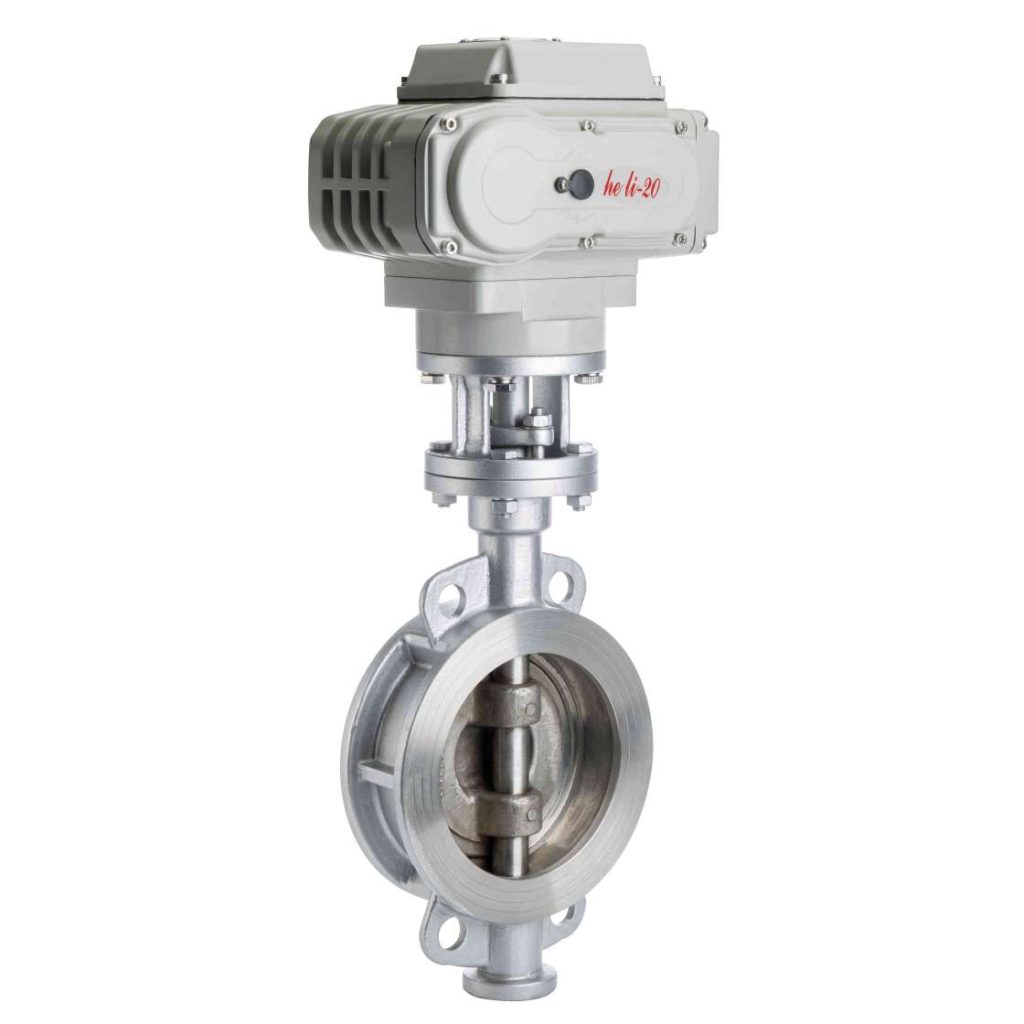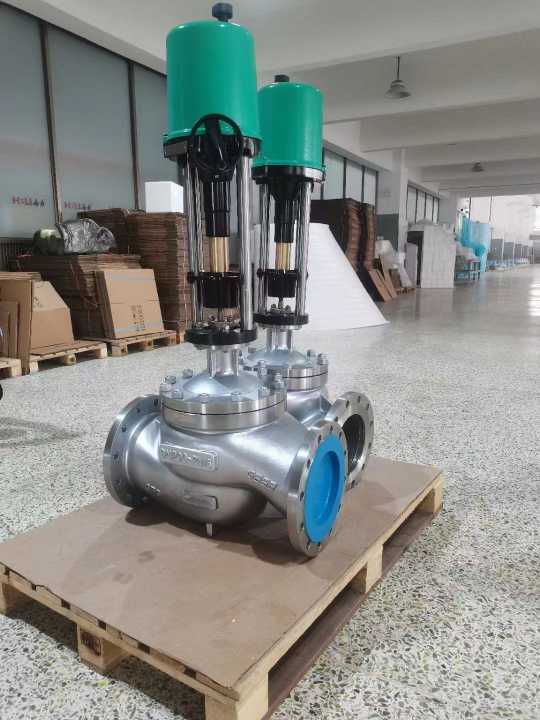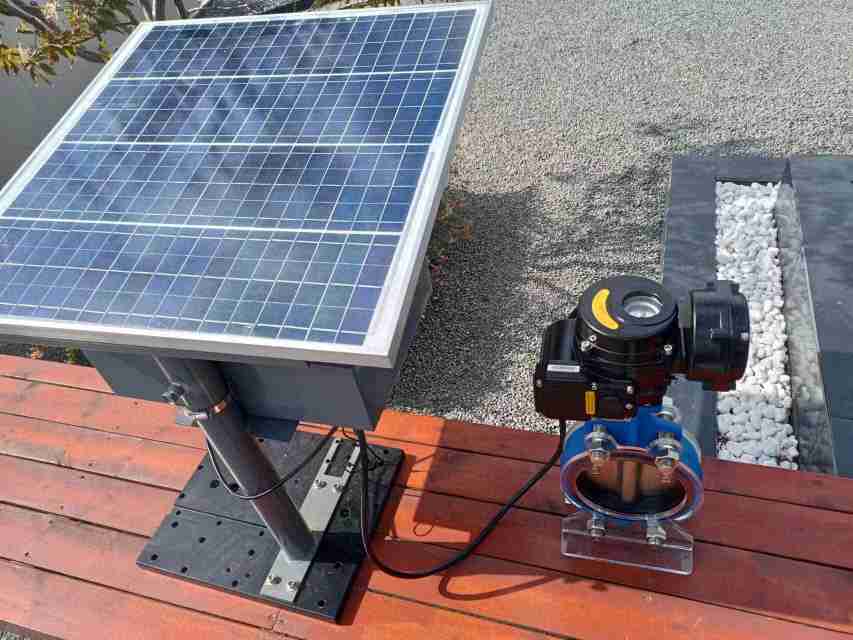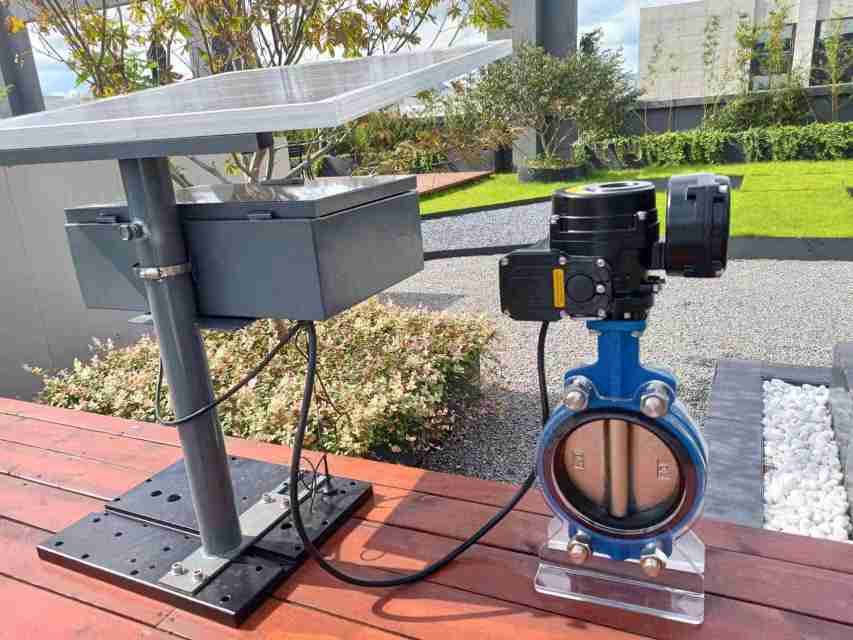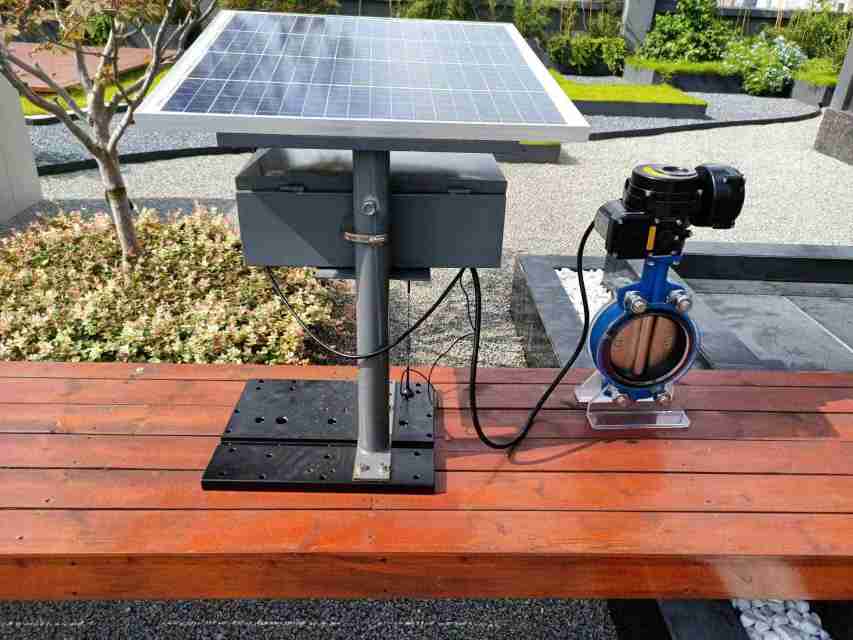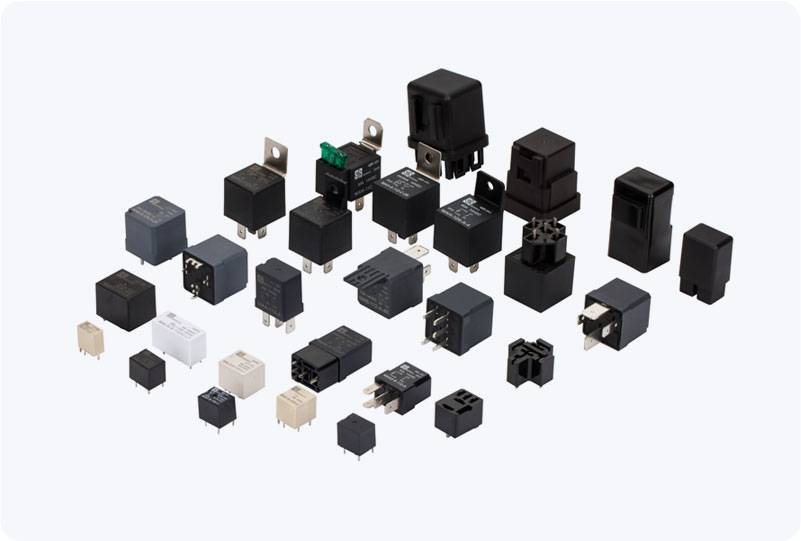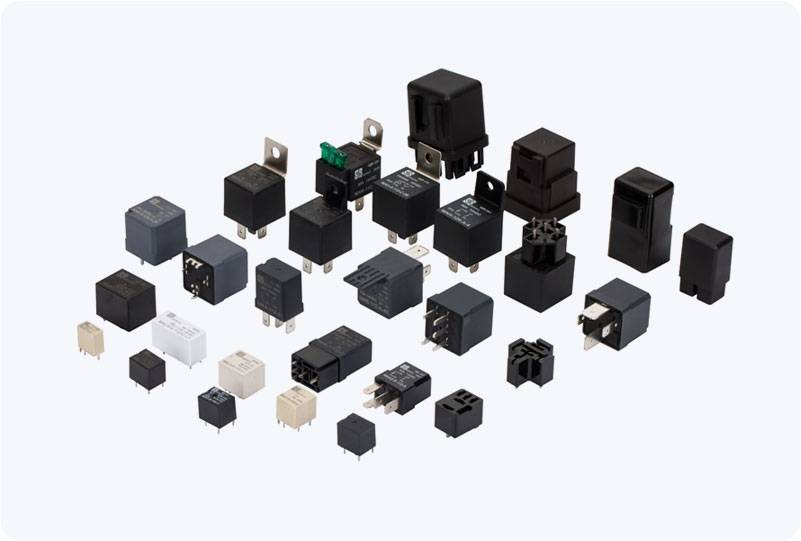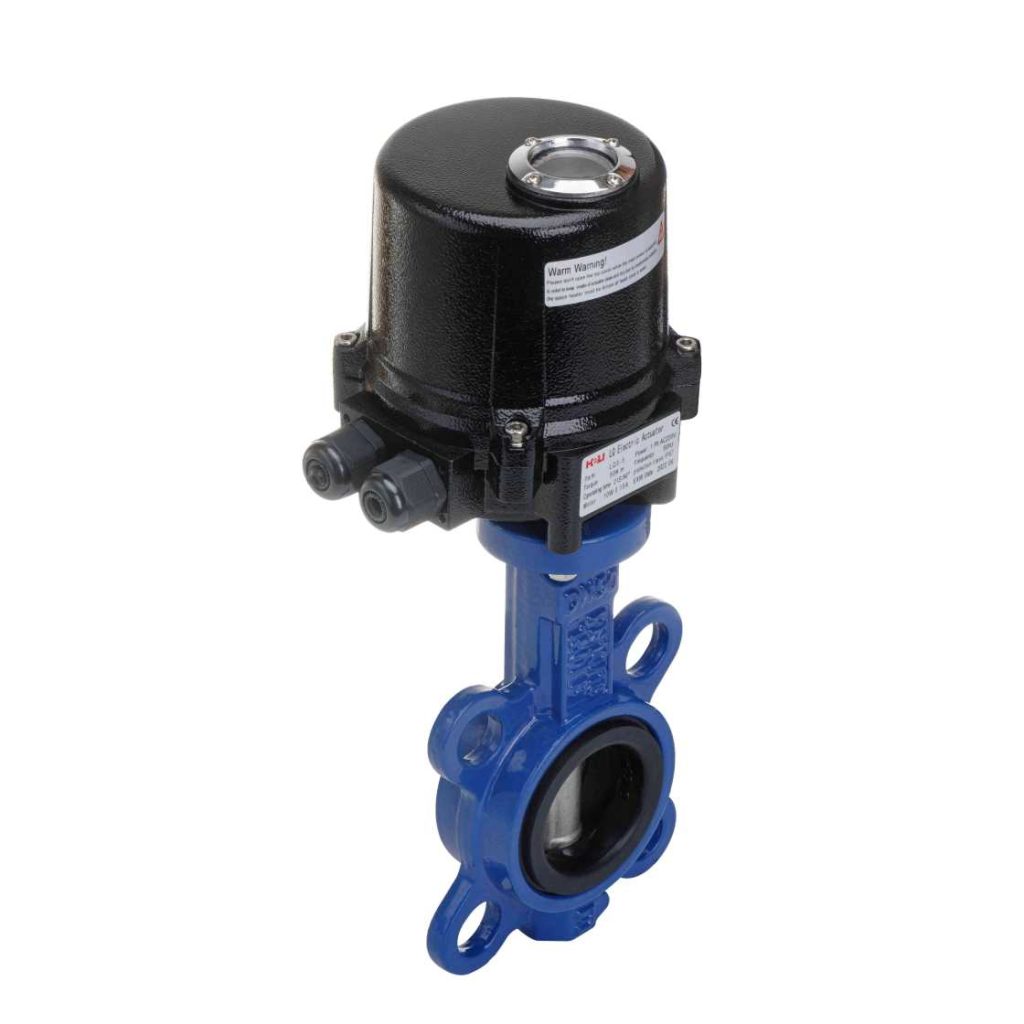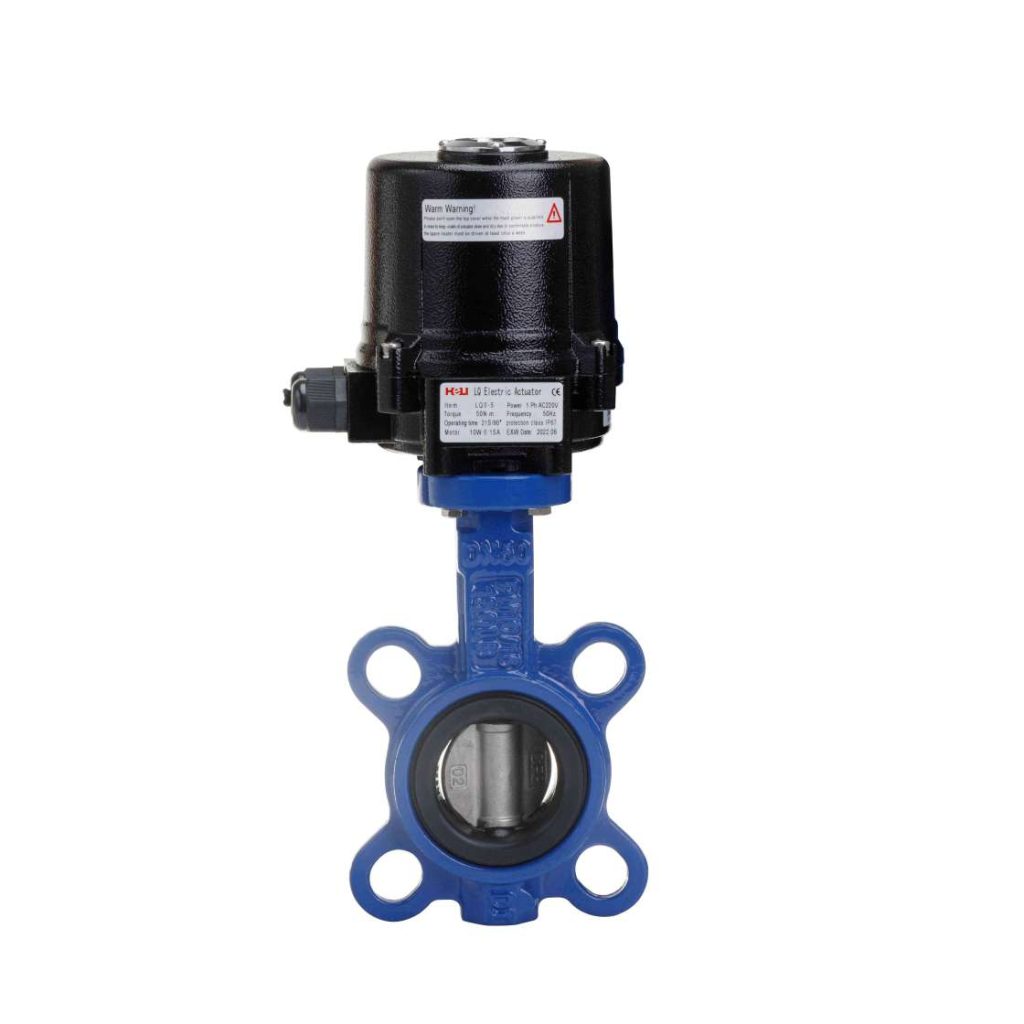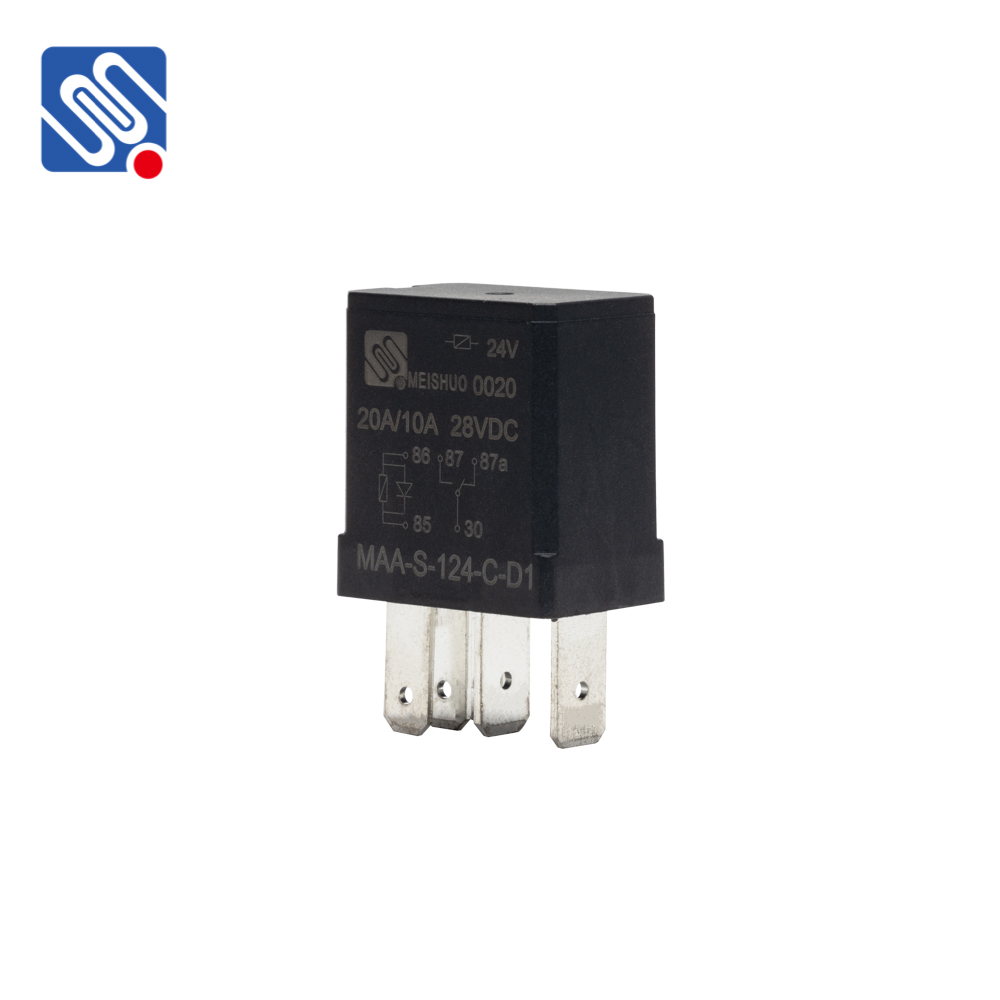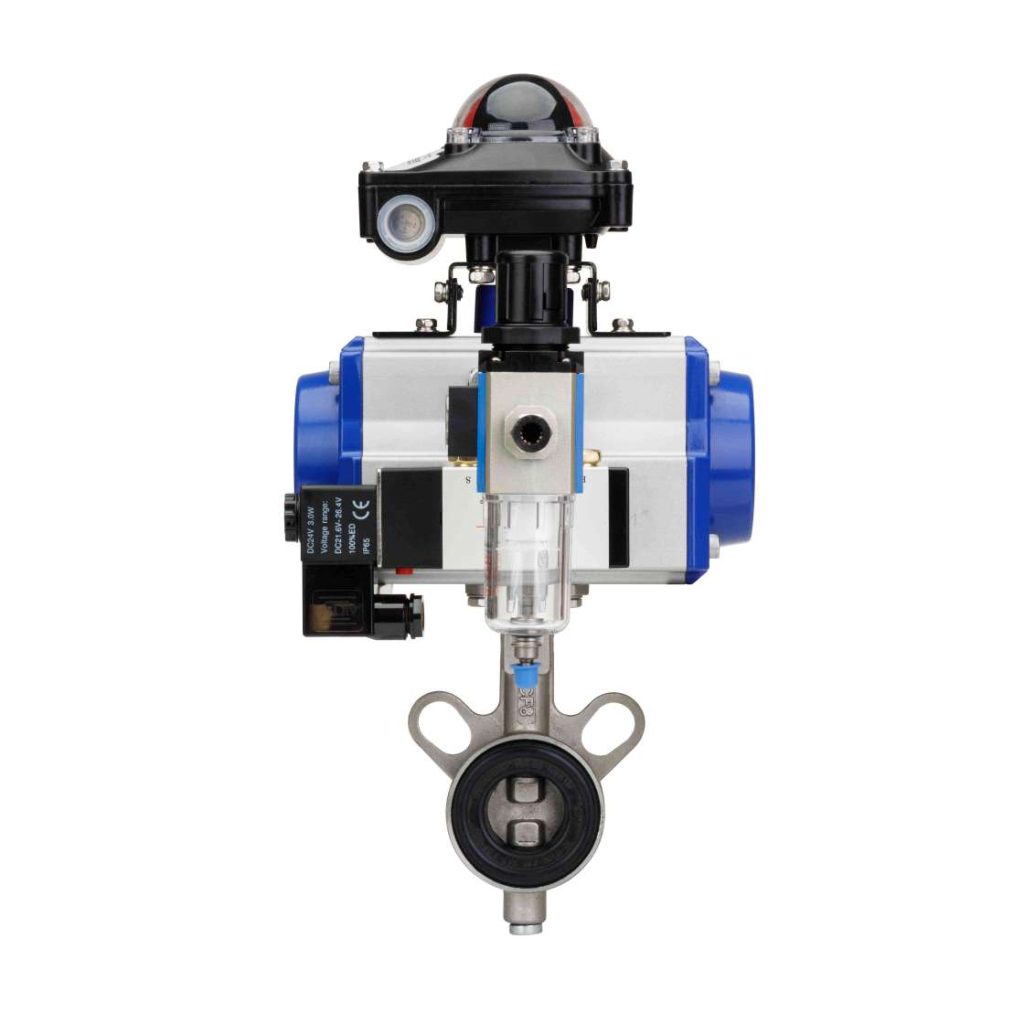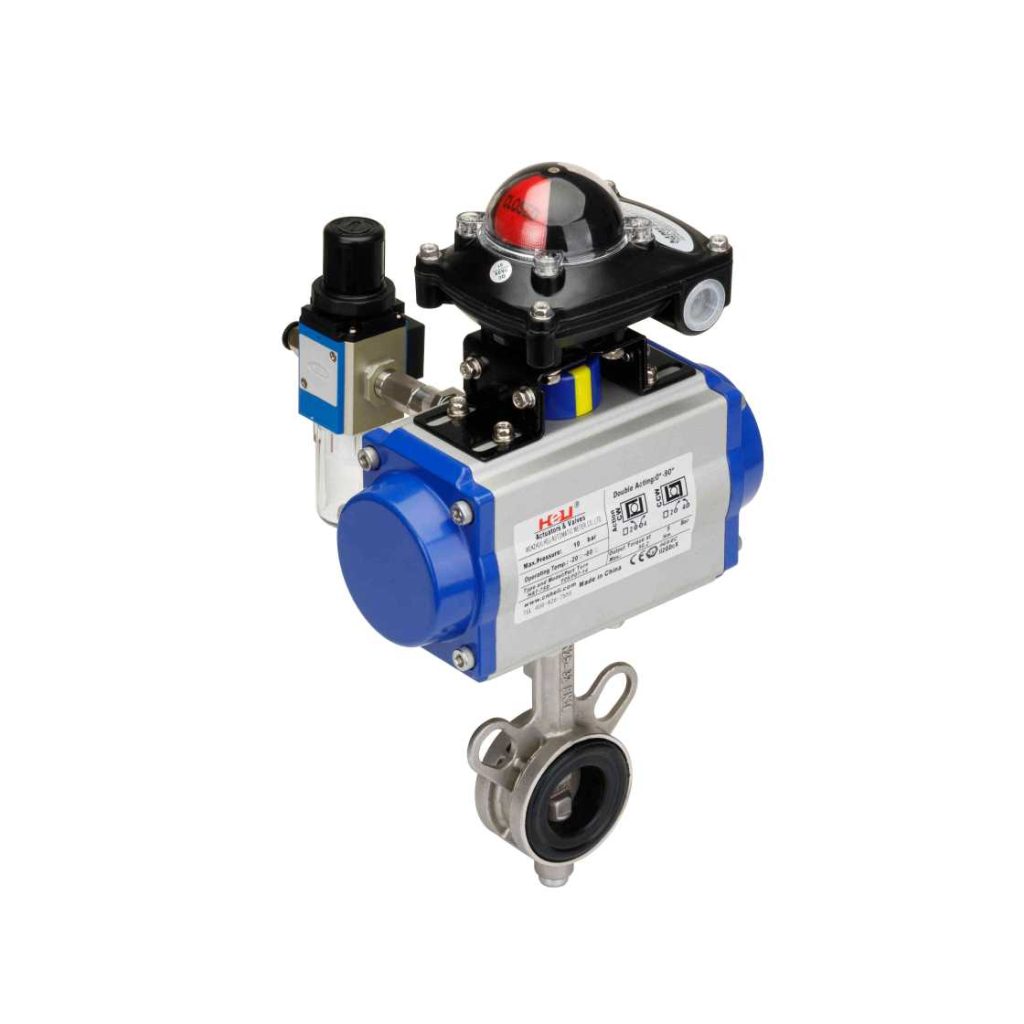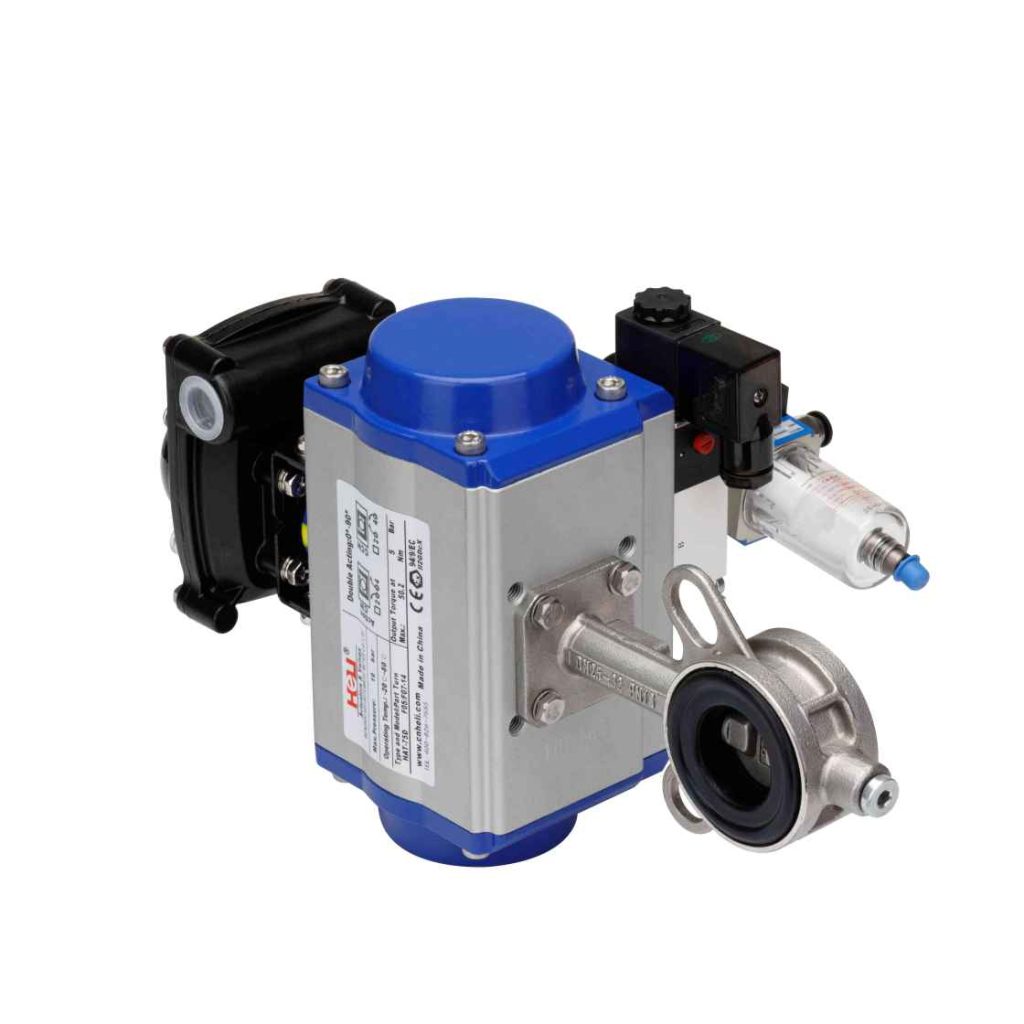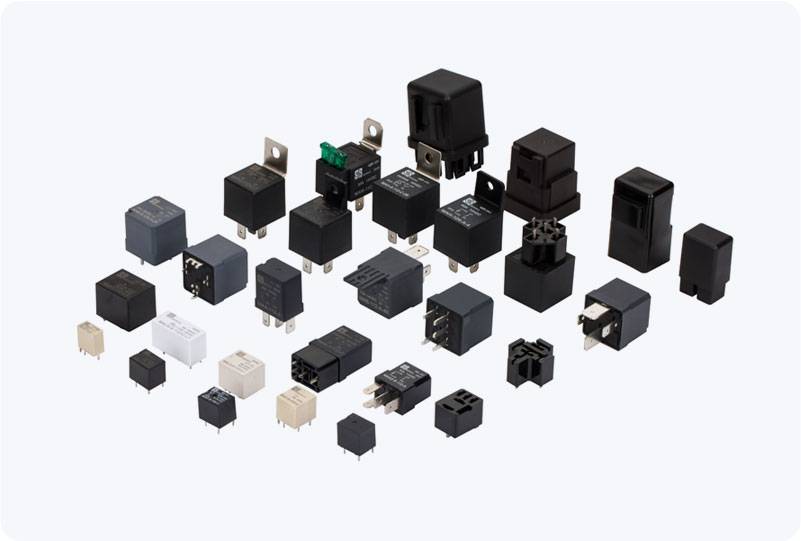The Stainless Steel Electric Three Eccentric Butterfly Valve is a highly specialized valve used in various industrial applications for controlling fluid flow. This valve is engineered with advanced technology, offering both durability and precision. The combination of stainless steel construction and an electric actuator makes it a preferred choice for systems that require reliable, efficient, and long-lasting performance. In this article, we will explore the key features, benefits, and applications of the Stainless Steel Electric Three Eccentric Butterfly Valve.
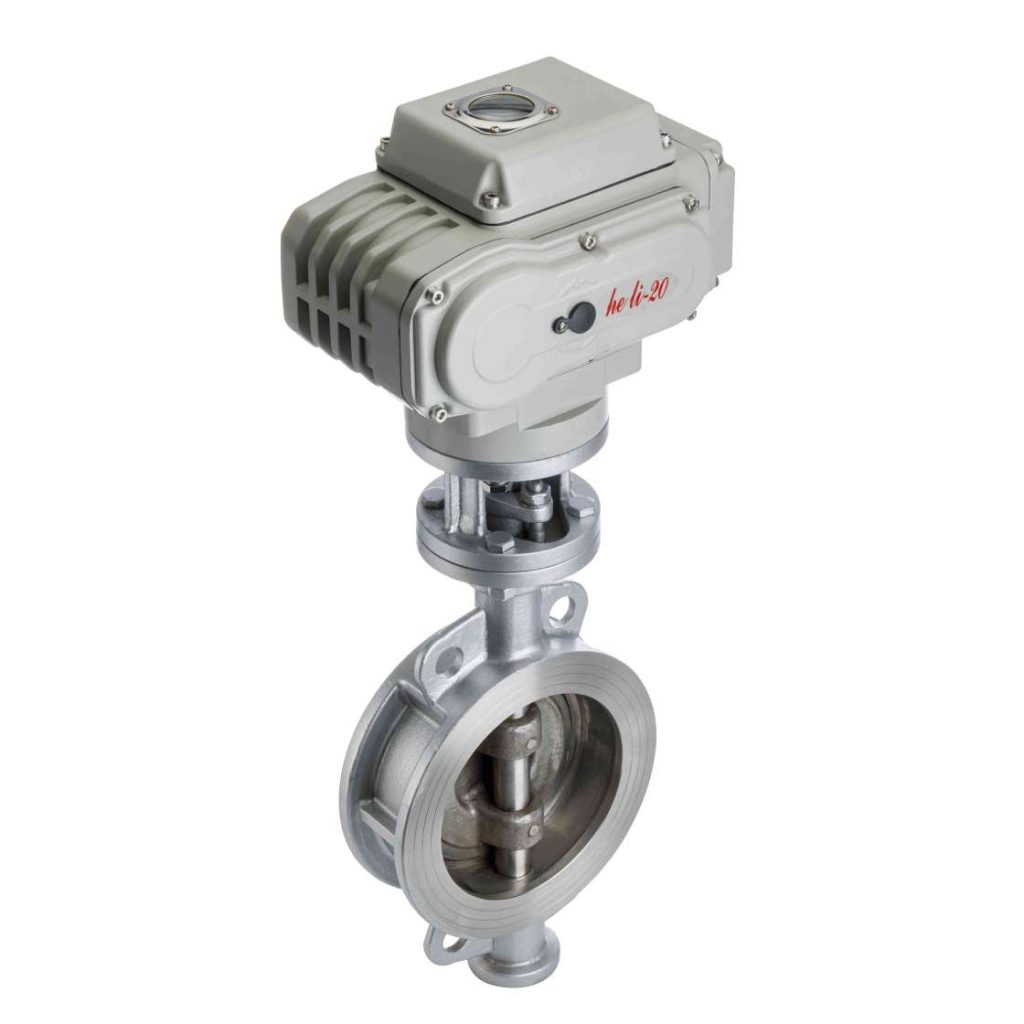
Key Features of Stainless Steel Electric Three Eccentric Butterfly Valve
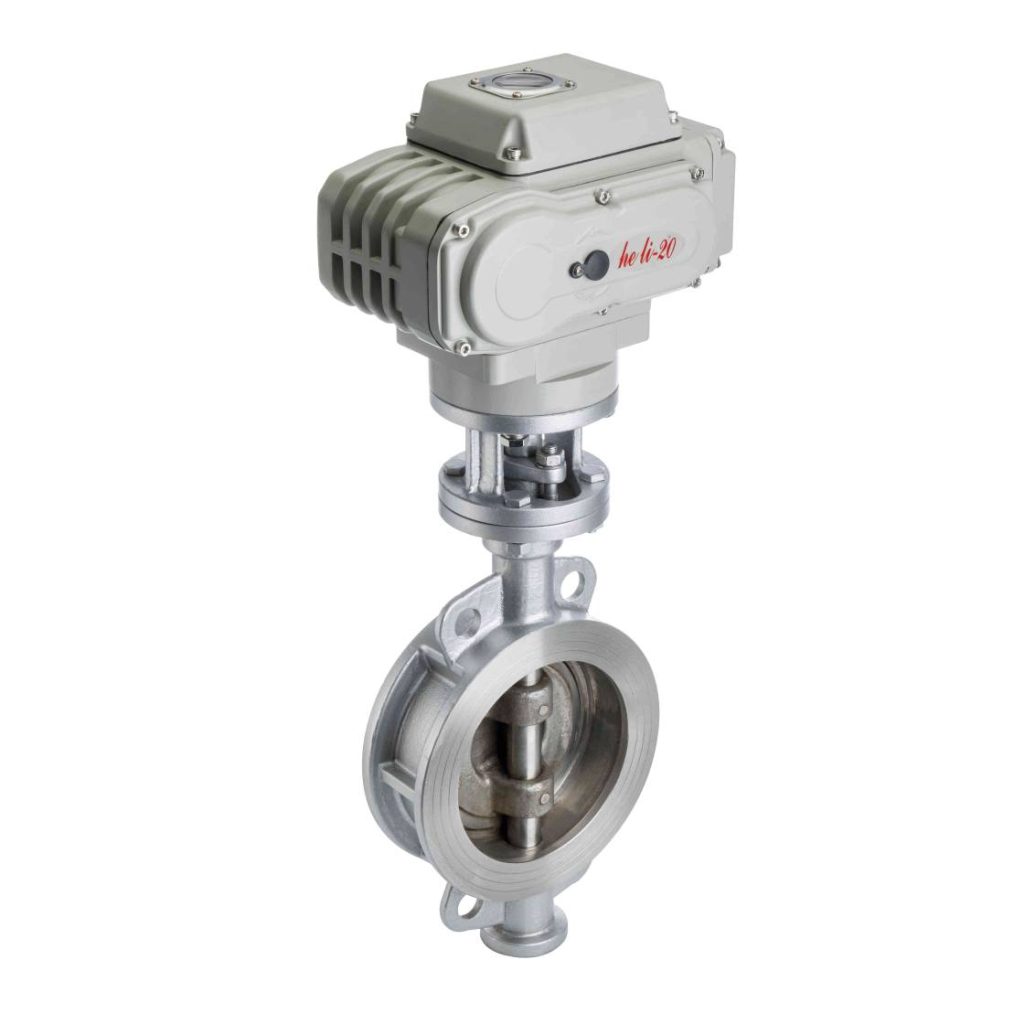
The three eccentric design is the cornerstone of this valve’s operation. It refers to the positioning of three different eccentric axes that work together to provide a tight shutoff and improved sealing performance. This design minimizes friction between the valve seat and disc, extending the valve’s lifespan and enhancing its reliability. The material choice, stainless steel, is another crucial feature. Stainless steel is widely recognized for its excellent corrosion resistance, especially in harsh environments where the valve is exposed to chemicals, extreme temperatures, or high-pressure conditions. The stainless steel body ensures that the valve can withstand challenging operational conditions without compromising on performance.
